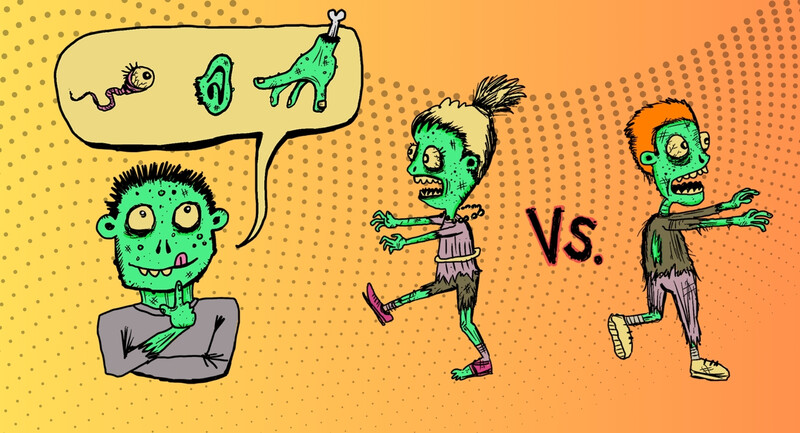As an instructional coach, I generally look for three things when I observe classroom instruction:
- Do students know what they are to learn in terms of content and skills?
- Are teachers checking for student understanding throughout a lesson?
- Are students engaged in the process of their own learning?
One strategy that addresses all of these aspects effectively is the student “turn and talk.” During a turn and talk, students pair up and are given a short prompt or question to briefly discuss. Drawing upon students' existing content knowledge and skills, this prompt helps educators assess student understanding while simultaneously engaging multiple learners in the process of introspection.
Research consistently shows a positive association among student engagement, inquiry, and conceptual learning. Brief student turn and talks can be an effective strategy to foster these elements with moderate planning. By encouraging students to discuss and reflect on their learning, turn and talks help students assess their own level of understanding, promoting metacognition and deeper engagement with the material.
The High School Challenge
Simple enough, right? Well, not exactly. Recently, while coaching ELA teachers in a local high school, I observed a teacher preparing students for upcoming state exams by reviewing the components of an argumentative essay. When I suggested using a turn and talk to help students differentiate between essay details and components, the teacher pushed back, feeling it was a strategy best used in elementary school. Other high school teachers feel similarly.
I decided to dig deeper. Why the reluctance? The reasons were multifold. Several felt that turn and talks took time away from covering curriculum. Others assumed their students already understood the material that would be discussed. Lastly, there was fear that it could lead to unfocused discussions and classroom management issues.
These concerns, while valid, shouldn't overshadow the potential benefits of turn and talks in high school settings. Here are some suggestions for ensuring that student turn and talks improve learning at the secondary level.
Designing Effective Turn and Talks
Determine Purpose
A well-placed student turn and talk can significantly enhance the sequencing and objectives of a lesson. At the beginning, it helps students activate prior knowledge and connect to upcoming content. For instance, in a high school lesson on argumentative essays, students might discuss a real-world scenario like negotiating a later weekend curfew with their parents, which can prime them to think about persuasive techniques. During the lesson, turn and talks can serve as checkpoints for understanding. By pausing a mini-lecture to allow students to discuss the content presented so far, teachers can gauge comprehension levels and clarify any misunderstandings.
A well-placed student turn and talk can significantly enhance the sequencing and objectives of a lesson.
At the lesson's conclusion, a final turn and talk encourages students to reflect on their learning, helping them assess their understanding and identify areas needing clarification. Throughout these discussions, teachers can circulate the room, listening for key understandings and misconceptions. This targeted listening allows teachers to address common issues promptly, ensuring that the class moves forward with a solid grasp of the material.
Ensure Cognitive Complexity
Effective student turn and talks require thoughtful preparation to ensure students engage with cognitively complex content. While this involves some planning, it doesn't have to be overly time-consuming for teachers. The key is to develop thought-provoking questions that encourage critical thinking, analysis, and application of concepts. Teachers can use Depth of Knowledge (DOK) question stems to craft queries that promote higher-order thinking.
As students become more comfortable with the process, encourage them to create their own discussion questions. This metacognitive exercise further deepens their engagement with the content. Additionally, providing context and scaffolding before the turn and talk gives students a foundation to build upon during their discussions. Framing prompts in ways that relate to overarching themes or real-world applications of the subject matter also enhances cognitive complexity.
Differentiate and Align
Although most high school students will be ready to engage in appropriate conversations with peers, some students may need extra support during turn and talks. In these situations, high school educators might want to:
- Model an effective turn and talk conversation.
- Use specific turn and talk protocols like Think-Write-Pair-Share.
- Provide students with a printed list of questions to be discussed.
- Use anchor charts of the turn and talk procedure.
- Offer vocabulary development tools such as the Frayer Model.
- Set a timer to keep students on track.
Reflect and Assess
Reflection is a critical component of the learning process. It allows students an opportunity to actively analyze and evaluate their learning experiences as they are having them. This real-time introspection deepens understanding and enhances retention of new information.
Reflection should be a key part of the turn and talk process but is often overlooked in the rush to cover content.
As such, reflection should be a key part of the turn and talk process but is often overlooked in the rush to cover content. Plan to have a few students share what they and their partner discussed during their turn and talk with the whole group. After this initial sharing, ask if any additional students can add on to the conversation.
Embrace Technology
In some high school classrooms, learning occurs primarily on individual student laptops, with students rarely looking beyond their own keyboards. However, even in device-heavy or remote learning environments, the power of effective student turn and talks should not be overlooked. These interactions are crucial for developing student community and engagement. If students must remain tethered to their devices or if school is remote, consider using online discussion boards where students can capture and reflect upon discussion points. These digital conversations can be conducted synchronously or asynchronously, with participants either named or anonymous, allowing for flexibility while still fostering meaningful peer interaction.
Learning Through Dialogue
Turn and talks are not only for elementary students—this learning strategy can benefit all K-12 students if planned with students’ needs and their level of cognitive development in mind. With practice and persistence, turn and talks can become a valuable tool in any high school teacher's instructional repertoire, transforming classrooms into vibrant spaces of active learning and engagement.








